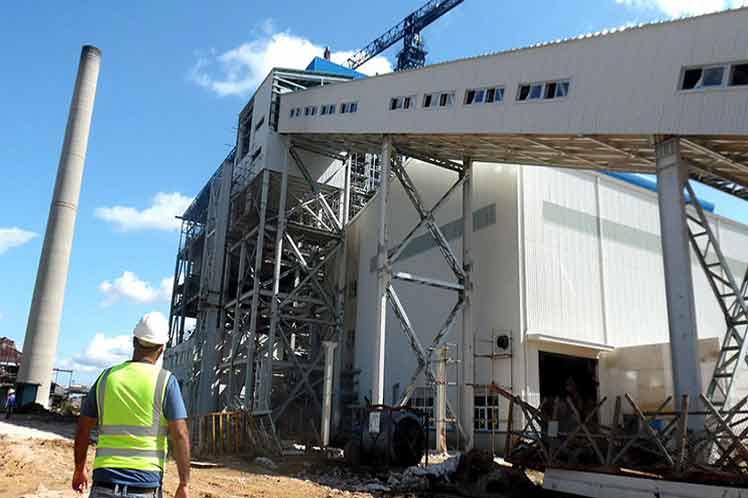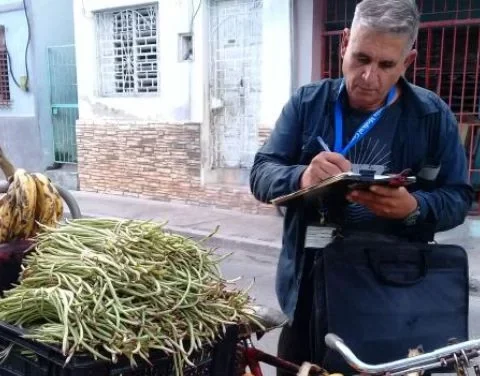After many obstacles that have hindered its operation, the bioelectric plant of Ciro Redondo, the first of its kind built in Cuba, synchronized this Tuesday to the National Electroenergetic System (SEN), according to official sources.
The entrance of the plant to the SEN took place at noon today “in a progressive process of increasing loads to deliver around 20 MW (megawatts)”, according to the newspaper’s social networks. Invasivein the central province of Ciego de Ávila, where the plant is located.
For his part, the journalist Bernardo Espinosa, who regularly reports on the island’s power situation on state television, specified that “from Biomass of marabou This energy modality delivers 22 MW to the country” and that it is estimated that the Avilanian plant “maintains that load, with efficiency levels”.
In Espinosa’s opinion, the entry into operation of the plant, located in the facilities of the Ciro Redondo sugar mill, “is a contribution in the midst of the deficit of generation that the country is facing”, in reference to the current energy crisis that the Island is going through, marked by breakdowns and outages of the generating unit system and the continuous unexpected or scheduled power outages resulting from them.
It is not the first time that the bioelectric plant, run by a joint Cuban-British company, has come on stream. Already in 2020 started generating electricity from marabou biomass, but since then it has not been able to maintain a systematic supply of energy.
The plant is designed to burn cane bagasse and other biomass, such as marabou, but difficulties with the harvesting machines and others to access the raw material necessary to generate energy paralyzed it “repeatedly”, as it recognized last March. a report published in the official press.
The foregoing has made it impossible for the plant to meet the expected results when construction began in 2017. With a value of more than 180 million dollars, the bioelectric plant was expected to reach a power of about 60 MW and save Cuba some 100,000 barrels of oil per year.
Now, its contribution of about 20 MW will slightly alleviate the deficit of generation capacity in Cuba, which, according to the National Electric Union (UNE)will cause an impact of 200 MW in the peak hours (night) this Tuesday, thanks also to the expected start-up of other plants, such as units 5 of the Antonio Maceo and Diez de Octubre thermoelectric plants, and unit 1 of the Lidio Ramon Perez of Felton.
Availability of 2,670 MW and a maximum demand of 2,800 MW are estimated for today’s peak hours. 130 MW deficit. If the expected conditions are maintained, an affectation of 200 MW at the peak is forecast. The service is expected to be restored at 02:30 a.m. tomorrow. pic.twitter.com/AlEuSaRdQD
— Ministry of Energy and Mines of Cuba (@EnergiaMinasCub) July 5, 2022
Even so, several generating plants remain out of service due to breakage and maintenance, so the UNE estimates that the electricity service will not be fully restored throughout the country until 2:30 a.m. on Wednesday morning.

















